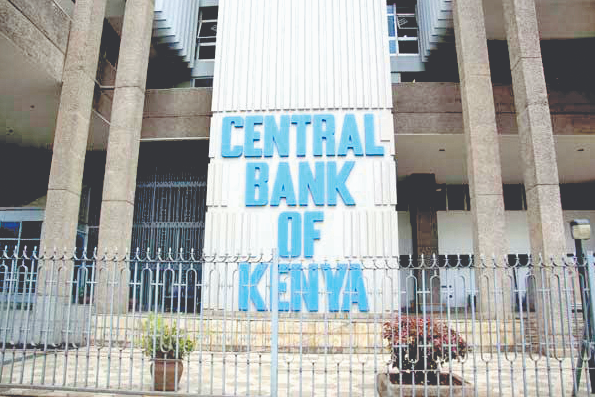Banks sound alarm over CBK’s credit pricing model

The banking industry has cautioned that the Central Bank of Kenya’s (CBK) proposed Risk-Based Credit Pricing Model risks stifling access to credit for vulnerable enterprises.
Kenya Bankers Association (KBA), the industry’s umbrella body, has described the move as a reintroduction of regulatory control over lending rates. CBK announced the issuance of a consultative paper on the Review of the Risk-Based Credit Pricing Model for public comments in a press release dated April 23, 2025.
The Risk-Based Credit Pricing Model, introduced in 2019, was a collaborative strategic initiative by the CBK and the banking sector within the broader reform agenda. It was to address persistent challenges in the credit market, including high lending rates and opaque pricing mechanisms, by creating a market‐driven framework for pricing credit risk.
“With the lapse of five years, a reassessment of RBCPM was deemed necessary to determine if it still effectively complements the ongoing reforms in the banking sector.
CBK proposes the use of the policy rate (Central Bank Rate) as the common reference rate for determining lending rates in the Kenyan banking sector,” CBK stated in the release.
In a statement, KBA argued that CBK’s proposal, which mandates the Central Bank Rate (CBR) as the base rate and subjects lending premiums (“K”) to regulatory approval, effectively amounts to interest rate capping.
According to the association, such controls would restrict credit access, particularly for small businesses, low-income households, and micro-enterprises, mirroring the adverse effects experienced between 2016 and 2019 under the previous interest rate caps.
Proposed framework
“The proposed framework undermines its ability to deliver on its public commitment to extend Sh150 billion annually in new loans to micro, small, and medium enterprises (MSMEs) from 2025 to 2027, a pledge made last year,” the industry warns.
Instead, KBA argues for a market-based framework anchored on the interbank rate, a transparent benchmark aligned with global best practices used in jurisdictions such as the United States, United Kingdom, and European Union. “This model,” KBA says, “would ensure effective monetary policy transmission, risk-sensitive credit pricing, and broader access to finance.”
The association noted that a flexible and transparent model, where premiums reflect differentiated borrower risk, operational costs, and prevailing market conditions, is consistent with Kenya’s liberalised interest rate regime.
Disregarding the interbank market, it argues, weakens monetary policy effectiveness and misaligns market outcomes, with unintended consequences for credit availability.
The industry reiterated its commitment to working constructively with CBK and all stakeholders to co-create sustainable credit pricing reforms that advance financial inclusion and support economic growth.














